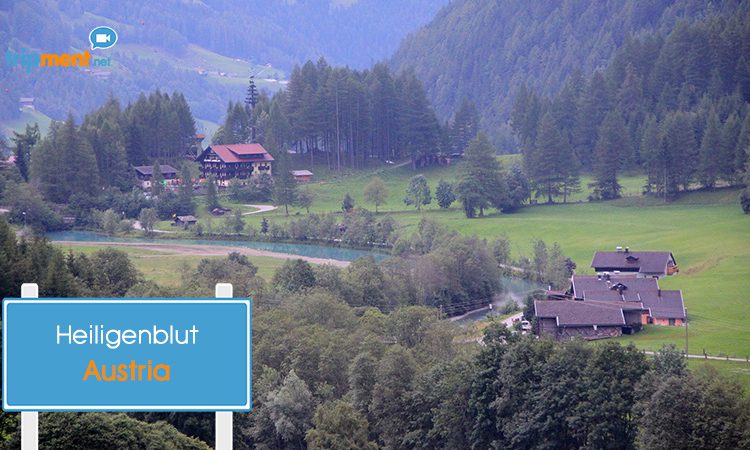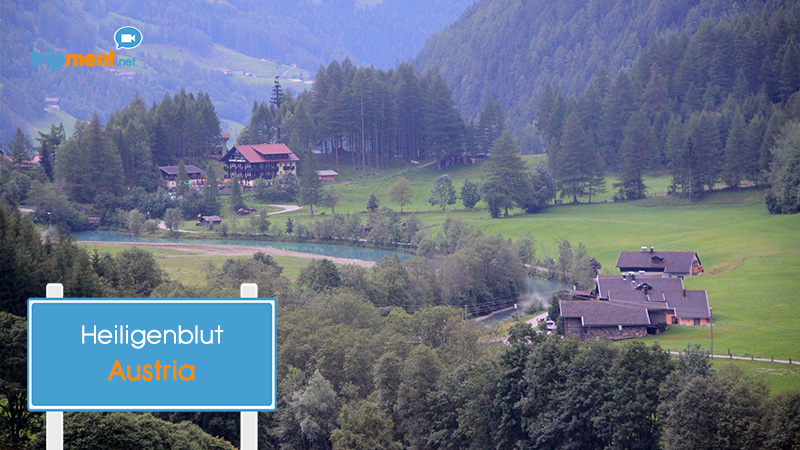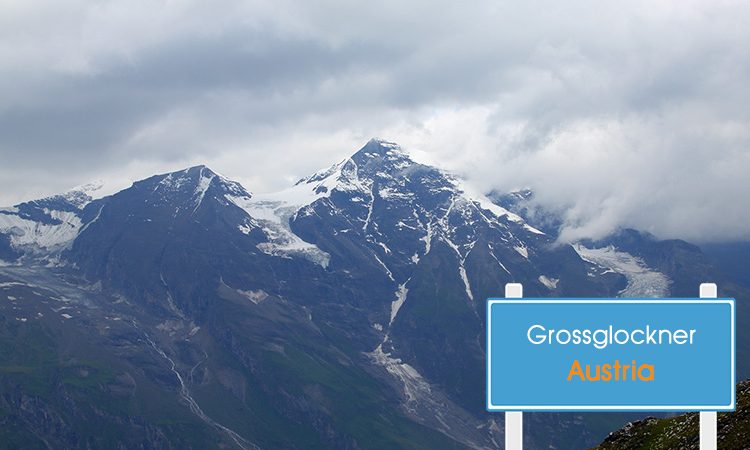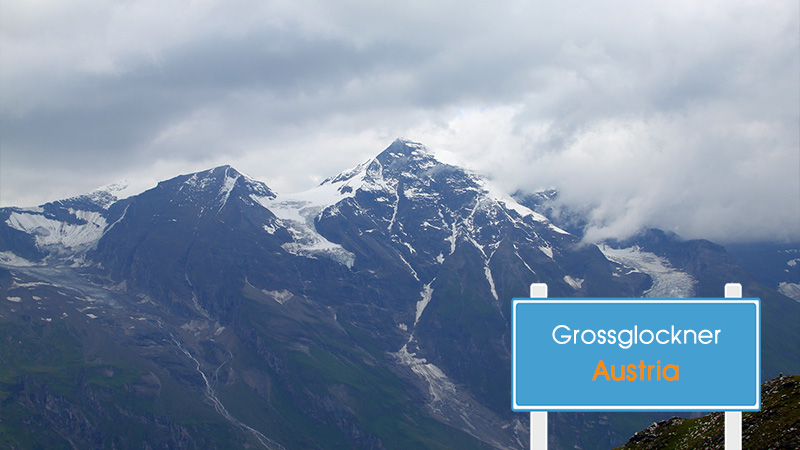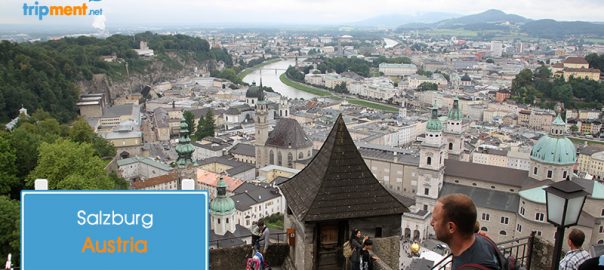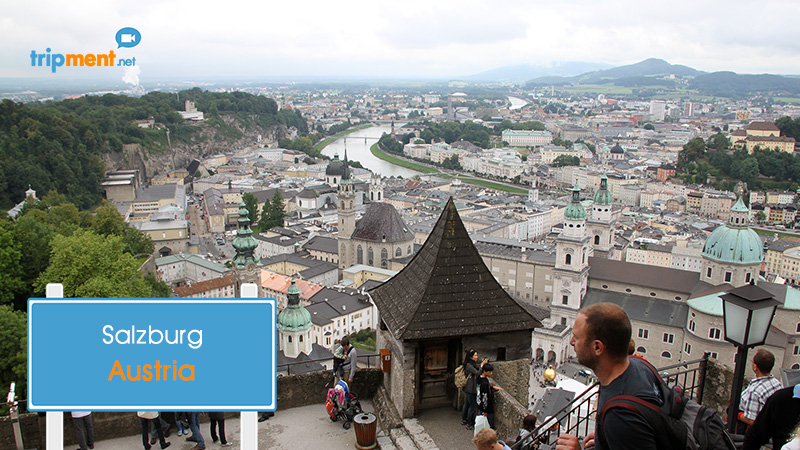![]()
I am in the middle of a journey that began five days ago from Athens. I’ve traveled 1,455km, passed through Sofia, Bucharest, Brasov and now heading southwest to follow the trail of Dracula. The goal for today is to visit Bran, to ride Trasfagarasan and reach Sibiu, where I will explore the sights of the city.
Bran
My first stop will be in Bran, just 29 km southwest of Brasov. Bran is a touristic village with many visitors because of the castle, which is a national monument, and due to the fact that it borders Transylvania and Wallachia. It is often referred to as “Dracula’s Castle”, but there is no evidence that there is any relation to Vlad Tepes. The village has lots of traffic and is very noisy. It was even difficult for me to find a place to park my bike. In the center, there is a bazaar where you can explore and of course the castle. But if you want to visit it, you’ll have to wait in a huge line for at least an hour. The castle was really impressive and I would’ve liked to see it, but I didn’t feel like getting burned in the sun. Moreover, my main priority was getting to Trasfagarasan, which was 107km away.
Draculas Castle
A few kilometres north of Curtea de Argeș at a point that you can’t miss because of the many parked motorcycles, is the starting point for the hike up to the real Castle of Dracula.
It is worth mentioning that behind the literary vampire Dracula who drank the blood of living people, there was a man named Vlad “Tepes” The Impaler. Born in 1431 in Transylvania he is referred to as an extremely unbalanced person, with strange ideas and habits. He earned the nickname The Impaler because he hated the Turks and therefore he impaled them after each victory. The story is interesting and is worth reading about.
Transfagarasan
You can’t be a motorcyclist traveler and not have heard about Trasfagarasan. It’s named after the fact that it crosses Mount Fagkaras of the Carpathians and it is the second highest paved road in Romania after Transalpina. This road was constructed between 1970 and 1974 by Nicolae Ceausescu. It was used exclusively as a military route to connect the regions of Transylvania and Wallachia because after the Soviet Union’s attack on Czechoslovakia in 1968, Ceausescu wanted to ensure quick military access to all the mountains in case of invasion. Fortunately, only at a few points did I run into traffic that forced me to ride behind cars. Trasfagarasan ascends from an altitude of 2,042 meters, and is an enticing route for drivers and riders.
Sibiu
My first taste of Sibiu was at night. It is a very beautiful, touristic town with many shops and lots of people walking about. It has 147,000 inhabitants and is considered as one of the most picturesque cities in Romania as it maintains its medieval elements. The first historically reference to the city was in 1192, where it is mentioned that the city was most likely founded by Germans in Transylvania. The German name of the city was Chermanstant (Hermannstadt) and from 1692 to 1791 it was the capital of Transylvania.
The center of Sibiu includes many preserved buildings, and even the medieval fortification and its towers are in good condition. The city has two major museums. The open-air ethnographic museum comprised of 340 buildings and the Broukental Art Museum, which displays the works of many important artists. In 2007 Sibiu was named the European Capital of Culture together with Luxembourg, hosting more than 2,000 events. It is a city with lush greenery that really pulls you in to explore it. I also tried a traditional pretzel as the smell of them made me unable to resist. Enjoying a coffee on the main pedestrian street is something you definitely have to do. If you like walking, even the non-tourist areas of the city are definitely worth checking out. Like the rest of the city, there are nicely preserved brightly-colored buildings.
In Sibiu I stayed in Pensiunea Buon Gusto.
Enlarge this map to see the sights of Sibiu:
